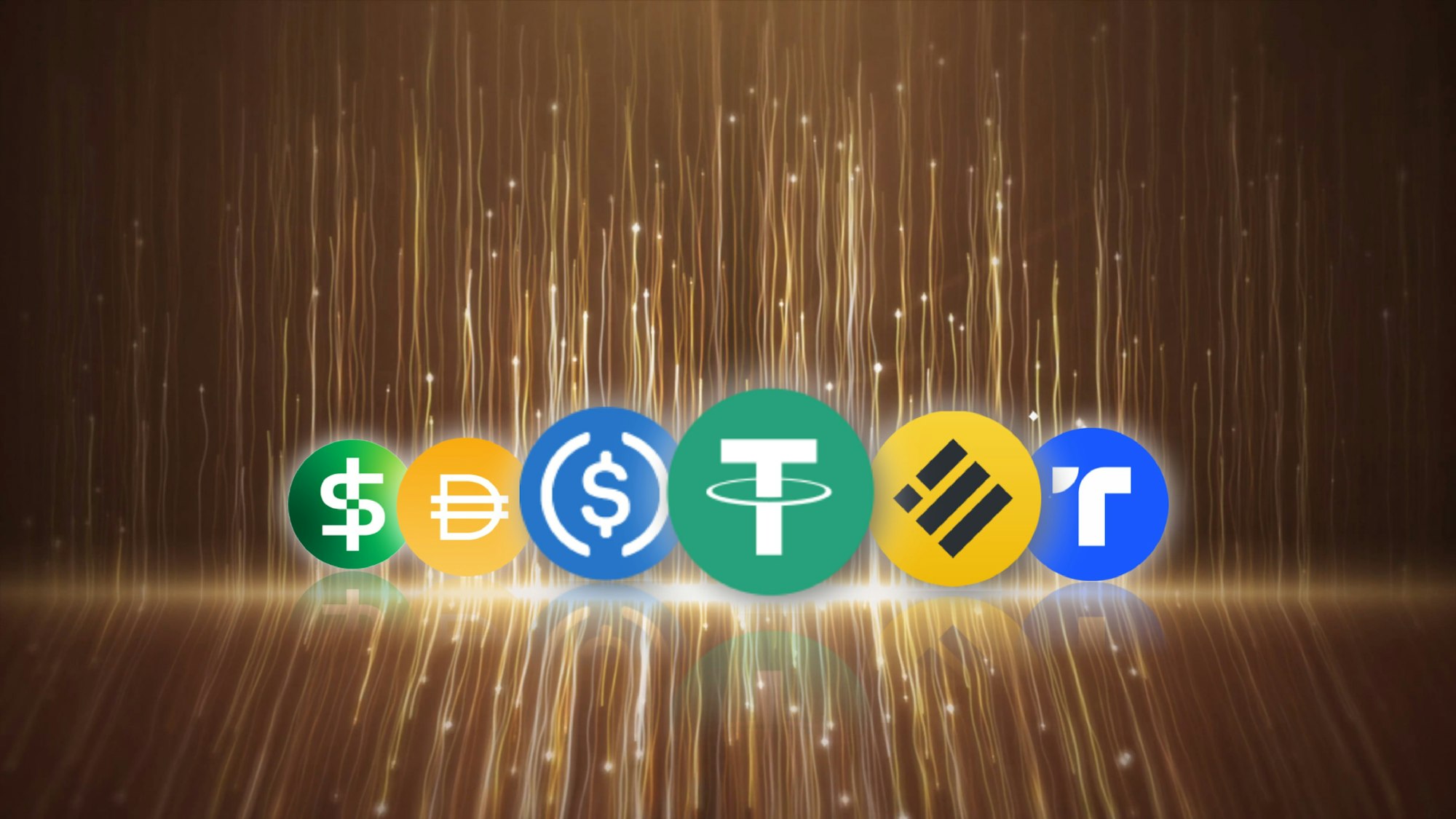💡
TL;DR – Ethereum 2.0 is a significant upgrade to the Ethereum blockchain designed to improve its scalability, security, and energy efficiency.
If you’ve ever watched shows like Squid Game or Beast Games, you know how intense it is to stay in the game, constantly solving puzzles, risking it all, and maybe winning something at the end. That’s kind of how Ethereum felt in its early days: solving riddles and burning massive amounts of electricity to run nonstop using Proof of Work (PoW), where miners scrambled to solve complex problems to process transactions and secure the entire network.
But here’s the catch—this system wasn’t built to last forever. Sure, it worked at the time, but running all those energy-hungry computers around the clock wasn’t exactly sustainable. Plus, the whole thing became expensive, and not just for miners but for the environment too. Ethereum was supposed to be the backbone of a decentralized future, supporting everything from finance to digital art and even governance. But for that to happen, it needed a major upgrade.
That’s where Ethereum 2.0 comes in.
WHAT IS: Initial Coin Offering (ICO)
Think of an ICO (Initial Coin Offering) as the crypto version of a startup asking for funding.

What is Ethereum 2.0?

Think of Ethereum 2.0 as the network’s major upgrade, designed to overhaul how Ethereum operates and make it greener, faster, and more scalable. It’s not a whole new blockchain. Ethereum 2.0 (or Eth 2) is more of an evolution of the original Ethereum. The core technology behind it has shifted, improving what was already working and making it capable of supporting the massive future Ethereum was meant to build.
It wasn’t a one-time event, but it officially kicked off with the launch of the Beacon Chain in December 2020. This marked the beginning of allowing ether (ETH), the native token of the Ethereum network, to be staked.
Why Ethereum 2.0 Was Necessary

This upgrade was complicated, but it was crucial. The Ethereum network was facing some serious limitations, including congestion, scalability issues, and general accessibility. Transactions were slow, gas fees were high, and the system wasn’t scalable enough to handle the growing demand.
Ethereum needed an overhaul to remain viable for the long haul, especially as it was being built to support decentralized finance (DeFi), NFTs, gaming, and more.
What Does Ethereum 2.0 Make Possible?

Simply put, it doesn’t change Ethereum’s core functions; it just makes everything run more efficiently. Here’s what that means for users:
- Decentralized Finance (DeFi): Transactions are faster and cheaper, meaning you can lend, borrow, and trade with a much smoother experience. No more worrying about high fees eating into your profits.
- NFTs and Gaming: With Ethereum 2.0, developers can create scalable apps without users getting bogged down by sky-high gas fees.
- DAOs (Decentralized Autonomous Organizations): These community-driven projects benefit from lower costs and more reliability, making it easier for communities to run decentralized businesses.
- Tokenized Assets: Large institutions can now build on Ethereum without worrying about the network breaking down under the pressure of scaling.
In short, Ethereum 2.0 boosts the performance of everything already running on Ethereum, opening up a whole new world of possibilities.
What Challenges Does Ethereum 2.0 Still Face?

Even with the major shift to Proof of Stake, Ethereum 2.0 isn’t perfect just yet. Some of the challenges it still faces include:
- Scalability: It’s still a work in progress. Ethereum needs rollups and sharding (which are coming soon) to handle mass adoption.
- Centralization Concerns: A handful of big staking pools dominate the validator set, which isn’t ideal for decentralization.
- Barrier to Entry: Becoming a validator requires 32 ETH, which is a significant amount for many users. However, staking services are lowering this barrier.
- Regulatory Scrutiny: Proof of Stake might bring more regulatory attention, as authorities try to figure out whether stakers count as a centralized authority.
How is the Pectra Upgrade Solving These Challenges?

While Ethereum 2.0 laid the foundation for a more scalable and efficient network, there are still some key challenges that need to be addressed in order to keep up with the growing demand. That’s where the upcoming Pectra upgrade comes in—bringing Ethereum one step closer to full scalability and decentralization.
Pectra is designed to directly tackle the scalability issues that persist with Ethereum 2.0. One of its key features is sharding, which essentially splits the Ethereum blockchain into smaller, more manageable pieces (or “shards”). Each shard can process transactions in parallel, allowing the network to handle a much larger volume of transactions at once without becoming overwhelmed.
But it doesn’t stop there. Pectra also aims to improve decentralization. Right now, large staking pools control a significant portion of the validator set, which could pose risks in terms of centralization. Pectra helps to distribute validator control more evenly, making it harder for a single entity to dominate the network and ensuring Ethereum remains decentralized.
Finally, the upgrade also helps lower the barrier to entry even further for would-be validators. With the rise of staking-as-a-service options, users no longer need a full 32 ETH to participate in securing the network, making it easier for more people to get involved.
WHAT IS: Stablecoins
Stablecoins are digital currencies (cryptocurrencies) whose value is pegged, or tied, to that of another currency, commodity, or financial instrument.

Conclusion
With the launch of Ethereum 2.0 and the upcoming Pectra upgrade, Ethereum is on track to become faster, more scalable, and more decentralized. While there are still challenges to overcome, the upgrades have put Ethereum in a great position for the future. And for anyone following its journey, it’s clear that we’re only beginning to see what Ethereum can really do.


















